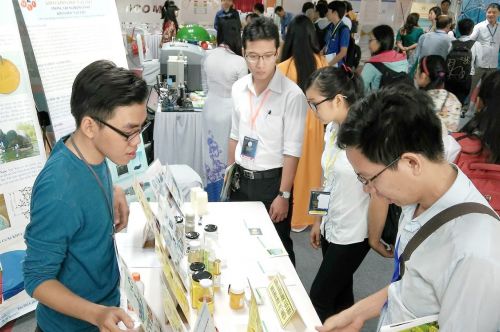Moody’s: Strong FDI will continue to help VN diversify economy
Việt Nam has notable strengths in a range of sectors, including traditional labour-intensive manufacturing such as textiles.
Moody’s conclusions are contained in its released annual credit analysis of the sovereign: "Government of Viet Nam -- B1 Positive."
Moody’s noted that robust GDP growth is continuing, along with macroeconomic and external stability, a situation which is favourable for the stabilisation of the Government’s debt burden.
Viet Nam’s B1 issuer rating incorporates credit strengths, which include the size and diversity of the country’s economy relative to similarly rated peers. It has also improved its cross-country assessments of institutional quality over the past four years, particularly in Government effectiveness, albeit from low levels.
However, the banking system remains an important rating constraint, and the recovery of domestic demand since 2015 has coincided with rapid credit growth, challenging a system still encumbered by poor capital adequacy and legacy non-performing loans.
Moody’s considers Viet Nam’s advances in competitiveness and reforms have in part been driven by the country’s entry into several free-trade agreements in recent years.
The economy has notable strengths in a range of sectors, including soft commodities; traditional labour-intensive manufacturing such as shoes and textiles; and more recently, moderately high value-added manufacturing, which includes mobile phones and other electronics.
With economic growth, Moody’s projects it to increase in the coming quarters, with full-year 2017 real GDP growth at 6.5 per cent, slightly below the Government’s target of 6.7 per cent.
Improvement in the external environment has provided a boost for exports, which rose 16.4 per cent year-on-year in US dollar terms through the first four months of the year, up from 9.1 per cent for the full year in 2016.
The country’s improving competitiveness and reform impetus have, as indicated, supported net FDI inflows which averaged 5.2 per cent of GDP between 2014 and 2016, higher than the B1-rated median of 3.6 per cent.
A risk to Viet Nam’s outlook for investment, exports and GDP growth is the rising protectionism from key trading partners, a risk that affects the global trading system in general.
A shift in US policies towards protectionism that significantly and durably lowers growth in global trade would affect Việt Nam, given the economy’s reliance on trade.


